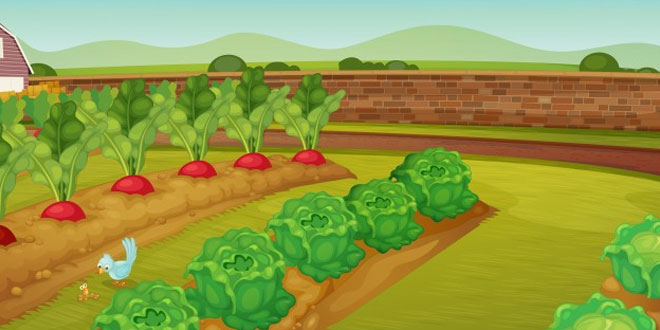Question: Explain the Dust Bowl tragedy. What moral lesson we should learn – from the tragedy.
Answer:
- The expansion of wheat agriculture and overgrazing of the Prairies were responsible for the Dust Bowl tragedy.
- In 1930s, terrifying dust storms began to blow over the southern plains.
- These dust storms had a great impact on the economic and social life of the people.
- The black blizzards were responsible for natural disaster in which people were blinded, cattle were suffocated to death, and machinery was damaged beyond repair.
- It was a natural as well as man-made disaster because farmers themselves were responsible for the tragedy.
- The farmers had recklessly uprooted all vegetation, and tractors had turned the soil over, berating the sod into dust.
Moral Lesson: We should respect ecological conditions of each region and should avoid over utilization of natural resources.
Question: Why the British insisted on growing opium in India?
Or
What’ problems were caused by East India company’s dependence on tea trade?
Answer:
- In the late 18th century, the English East India Company was buying tea and silk from China for sale in England.
- As tea was gaining popularity in England, its demand rose from 15 million pounds to 30 million pounds.
- England at that time produced nothing that could be easily sold in China.
- This means an outflow of treasure from England to China.
- Merchants wanted to balance their trade. ‘
- So they searched for a commodity they could sell in China.
- Opium was such a commodity which had a demand in China, as it was used in medicines.
- So to balance their trade and to earn huge profits, they persuaded Indian farmers to grow opium so that the British traders could sell it in China.
Question: Explain the circumstances that lead to the Great Agrarian Depression of the 1930’s.
Answer:
- The high demand for wheat encouraged the farmers to adopt new technology and new machines.
- The new machines allowed the big farmers to increase the production at a very fast rate.
- After that, most farmers faced trouble. Production had expanded so rapidly during the war and post-war years that there was a large surplus.
- Unsold stocks piled up, storehouses overflowed with grain, and vast amounts of corn and wheat were turned into animal feed. Wheat prices fell and export markets collapsed.
Question: ‘The new technology introduced in agriculture in the 19th century created the grounds for the Great Agrarian Depression of 1930s.’ Justify by giving examples.
Answer: Mechanization had reduced the need for labor. And the boom of the late nineteenth and the early twentieth centuries seemed to have come to an end by the mid 1920s. After that, most farmers faced trouble. Production had expanded so rapidly during the war and post-war years, that there was a large surplus. Unsold stocks piled up, storehouses overflowed with grain, and vast amounts of com and wheat were turned into animal feed. Wheat prices fell and export markets collapsed. This created the grounds for the Great Agrarian Depression of the 1930s that ruined wheat farmers everywhere.
Question: “There is one dramatic fact that makes the period after the 1780s different from any earlier period in English history. In earlier times, rapid population growth was most often followed by a period of food shortages. But this did not happen in the 19th century.” Mention any four factors responsible for this.
Answer:
- By bringing new lands under cultivation.
- By carving open fields.
- By cutting forests to use the land for cultivation.
- By turning marshes into agricultural fields.
Question: How is the story of modernization of agriculture in England different from? America? Mention three points of each.
Answer: England:
- The story of agrarian expansion is closely connected to price rise of wool and increase in population.
- Locals were responsible for agrarian expansion.
- Before agrarian expansion most of the landscape was under open field or commons.
America:
- The story of agrarian expansion is closely related to international migration.
- White settles were responsible for the agrarian expansion.
- Before agrarian expansion most of the landscape was under the forests.
 Class Notes NCERT Solutions for CBSE Students
Class Notes NCERT Solutions for CBSE Students



